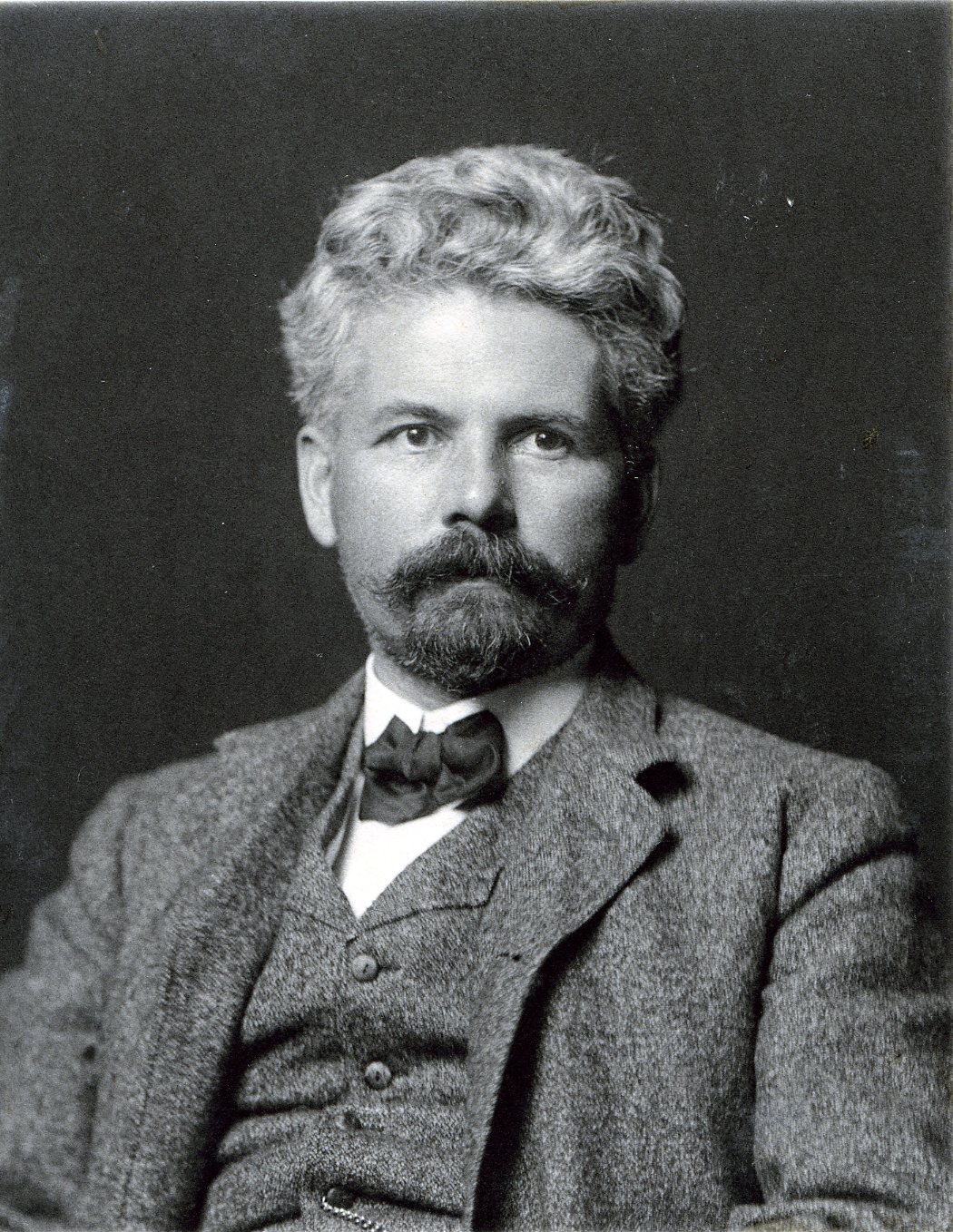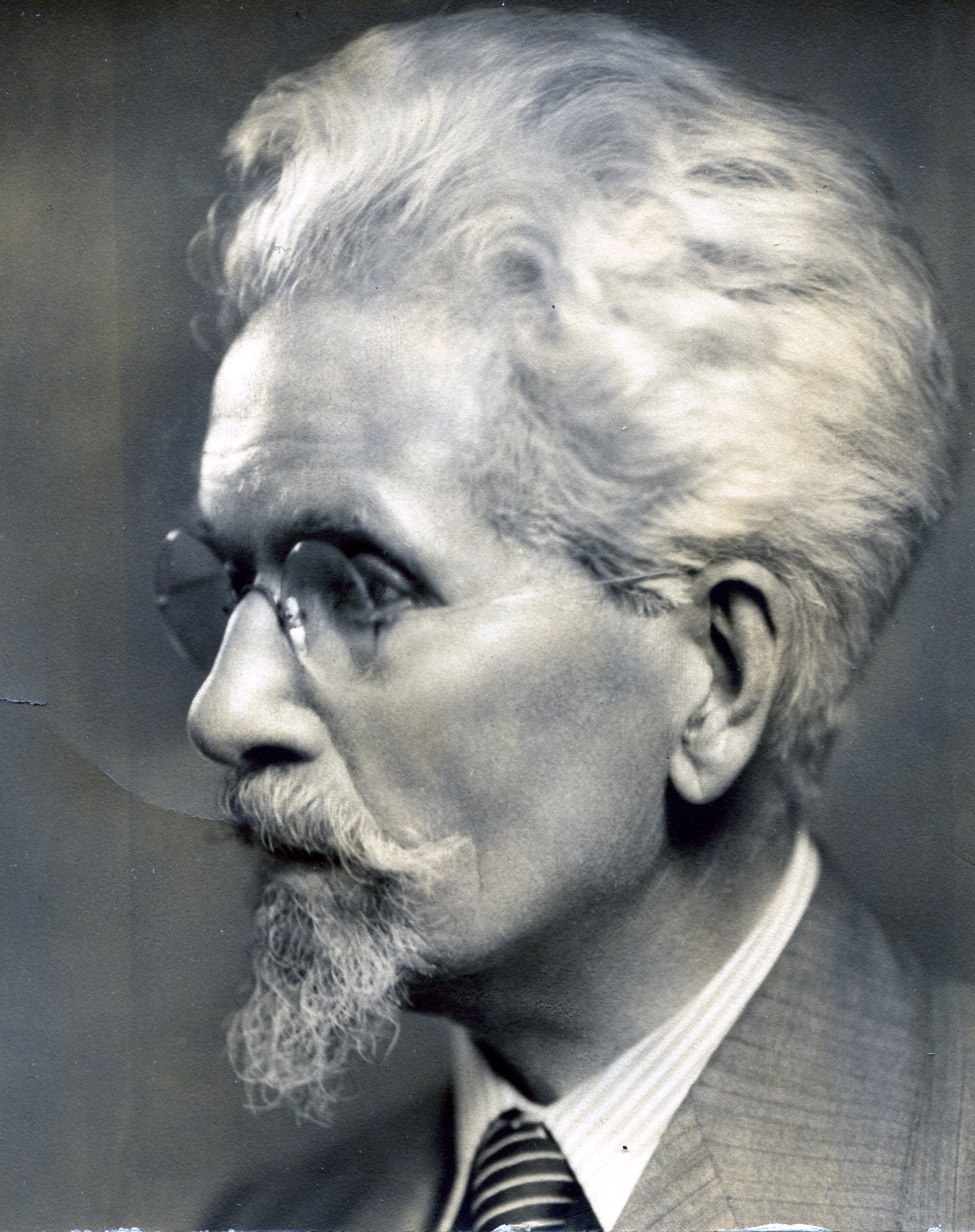Author/Professor
Centurion, 1904–1938
Born 12 May 1857 in Yonkers, New York
Died 23 January 1938 in Philadelphia, Pennsylvania
Proposed by Poultney Bigelow and Walter B. James
Elected 2 April 1904 at age forty-six
Century Memorial
Life at the Century owes much to its out-of-town members, occasional as their visits and fleeting as their presence must necessarily be. The sum of their companionship is a precious possession. We can be thankful, therefore, that the great head of Henry Herbert Donaldson of Philadelphia, with its leonine shock of hair, entered the Club as often as it did. His friends remember him as a delightful companion with a whimsical sense of humor that followed him into his laboratories and upon his scientific expeditions. As director of the Wistar Institute of Anatomy and Biology at the University of Pennsylvania, he built up, with the patience of the true scientist, records of the highest value centering around the study of ninety-six generations of albino rats. That would be the equivalent of three thousand one hundred years of human generations. “In pointing out some of the similarities of the rat to man, it is not intended to convey the notion that the rat is a bewitched prince or that man is an overgrown rat,” Dr. Donaldson once observed in stressing the inferences respecting humans that might be drawn from the three-year life span of these snow-white, pink-eyed creatures. It is related that one summer on the Dry Tortugas, where at the biological station no women were ever permitted to set foot, a group of scientists, arriving, were politely greeted—Dr. Donaldson’s manners were always of the old school, charming and slightly elaborate—by a figure wearing a white Panama hat, an eyeglass, and a cane, but nothing else whatever. It was Dr. Donaldson. There is report of his kindliness, as well. For thirty years a summer resident of Wood’s [Woods] Hole—where he was a valued trustee of the Marine Biological Laboratory—he learned one summer, after remodeling his house, that a new dormer window shut off the light from a bedroom of his next door neighbor. He immediately had the window removed. Undaunted by an operation in middle age that lamed him for life, he continued vigorous into his eightieth year and was active in research until ten days before his death. His book, “The Rat,” published in 1924, contains detailed data on the life cycles of the Wistar strains. For the layman it may be noted that his records did much to establish the now accepted view that in-breeding, provided the stock be healthy on both sides, tends to strengthen and improve the strain. By his will he left the physical content of his skull to Wistar Institute, where it is preserved in the famous collection that he founded and that includes the brains of many other well known scientists.
Geoffrey Parsons
1938 Century Memorials


